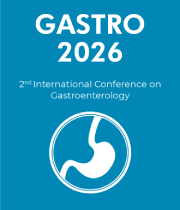Small Intestine and Large Intestine
The small intestine (SI) is an important digestive organ that is responsible for nutritional digestion and absorption. The duodenum, jejunum, and ileum are all parts of the small intestine (small bowel), which is located between the stomach and the large intestine (large bowel). The small intestine gets its name from the fact that its lumen width is smaller than that of the large intestine, despite the fact that it is longer.
The mouth, oesophagus, stomach, small intestine, large intestine, and rectum make up the digestive tract. The large intestine is around 5 feet long and makes up one-fifth of the gastrointestinal (GI) tract's length. After the small intestine absorbs most nutrients, the large intestine is responsible for processing indigestible food material (chyme). The large intestine is divided into four sections. The cecum, ascending colon, transverse colon, descending colon, and sigmoid colon are all included. The large intestine plays an important role in the body by absorbing water, vitamins, and electrolytes from waste. The colon, commonly known as the large intestine, is a component of the digestive tract.
- Function and Mechanisms
- Pathophysiology of small and large intestine
- Disease and disorders of large and small intestine
- Risk factors, precautions and treatment
- Gut microbiota
- Small bowel syndrome
- Intestinal Cancer


